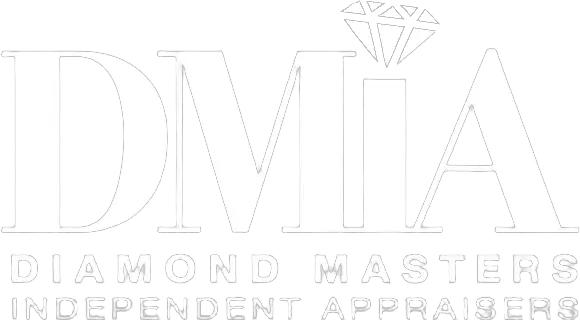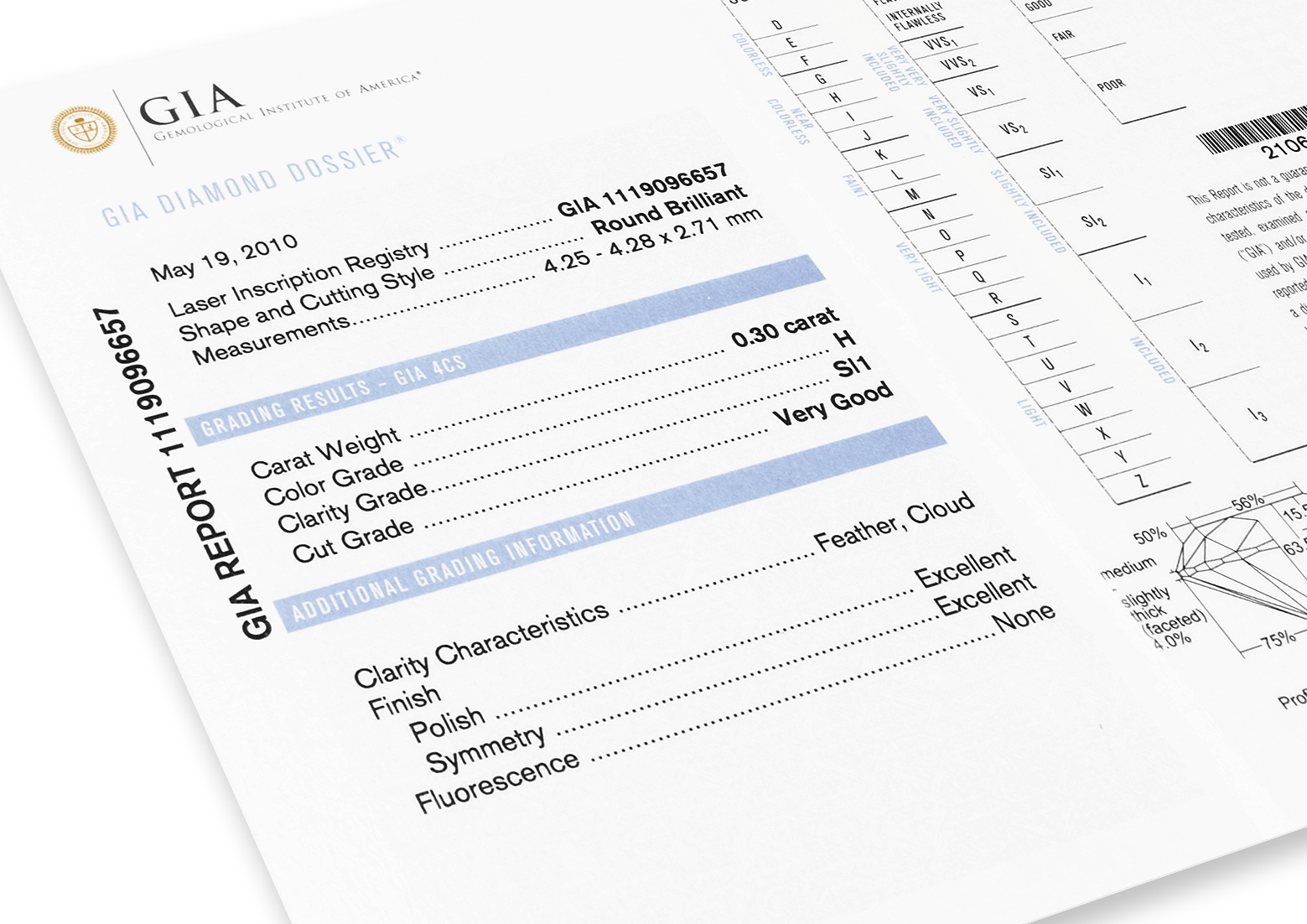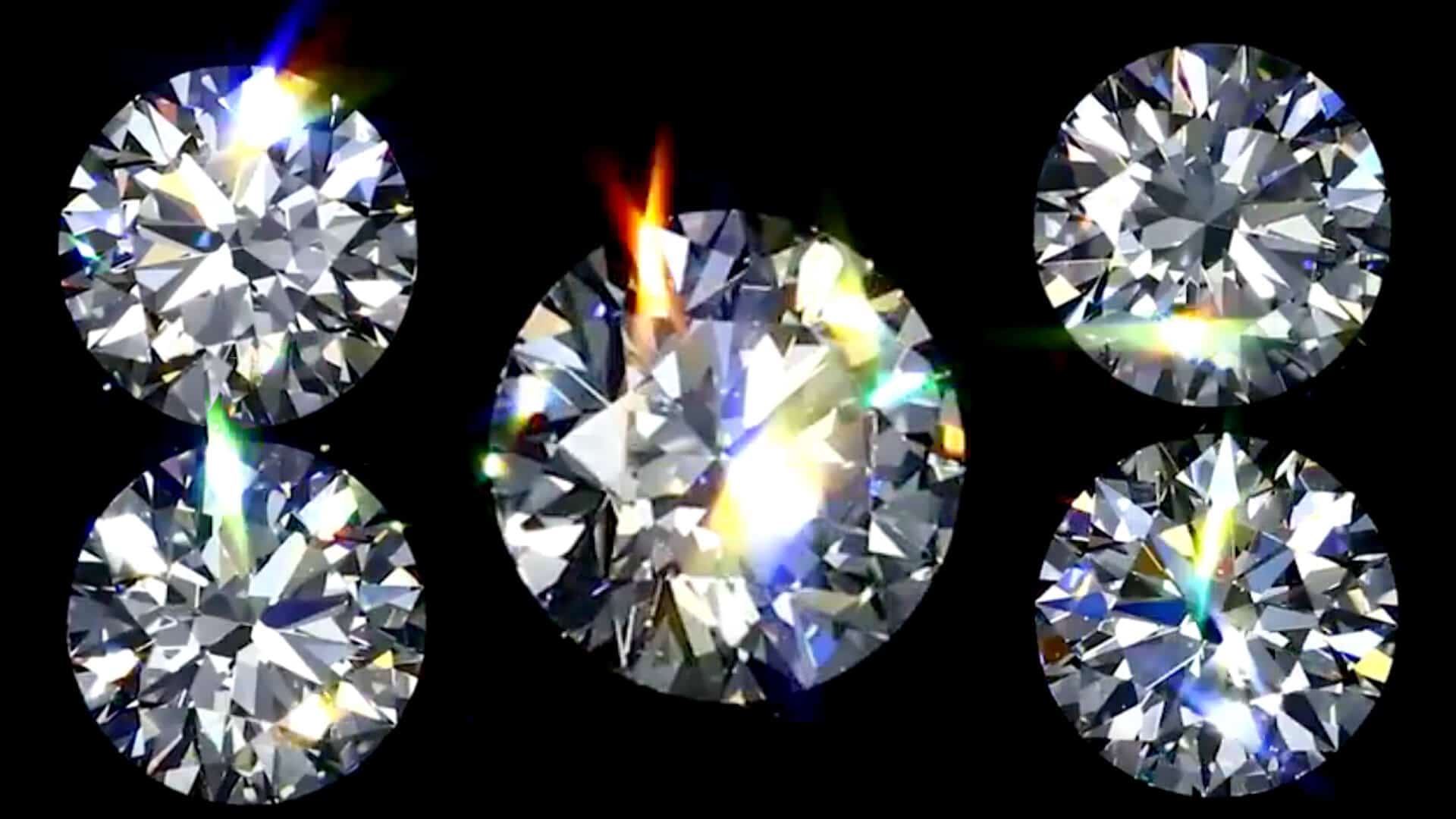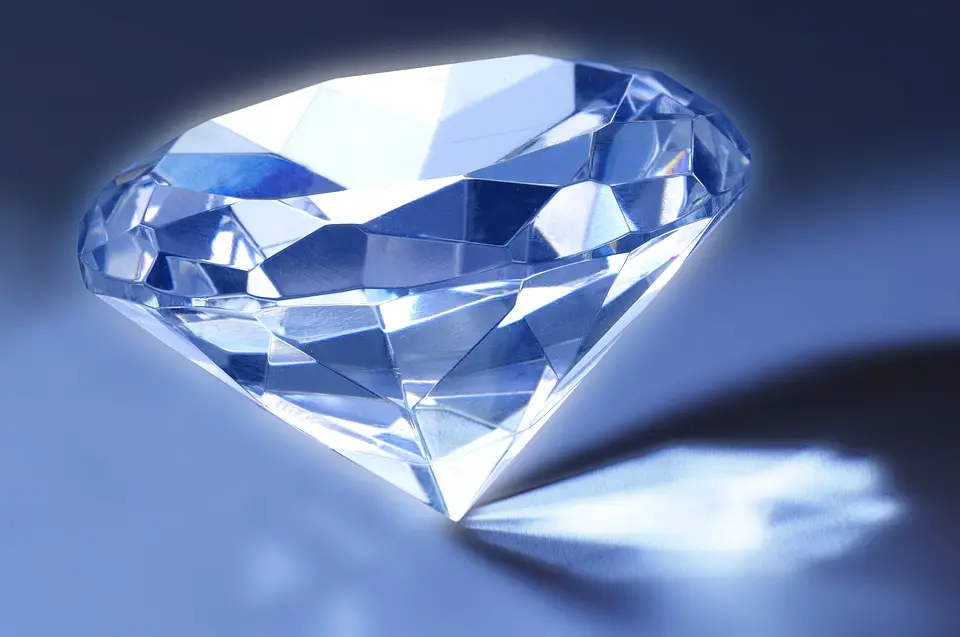What is the Difference between I1, I2 and I3 Diamonds?
If diamonds were, indeed, a girl’s best friend, then an I-diamond is that kind of best friend who always says they’re on their way but is actually just jumping out of bed, or who wakes you up at 2 in the morning to tell you that they cannot sleep —flawed but could still be a real treasure anyway.
I stands for “Included”
The Gemological Institute of America devised a clarity grading system that rates diamonds according to their “inclusions” or internal characteristics and “blemishes” or surface irregularities. “Included” is the lowest rank on the clarity scale, and is further subdivided into three categories: I1, I2, and I3. I-grade diamonds possess inclusions that are visible under 10x magnification.
The more imperfections found on a diamond, the lower is its clarity grade. A perfectly formed diamond gets the highest rank, “flawless”. According to GIA, a flawless diamond is extremely rare that it is possible for a jeweler to spend all his/her life staring at diamonds and still not come face to face with a perfect diamond.
Included diamonds, on the other hand, are a more common find. Although significantly cheaper, diamonds with inclusions still possess value. They are a choice of people who love diamonds but don’t want to make a huge investment.
What is the Difference between I1, I2 and I3 Diamonds?
What differentiates these three diamond grades from one another is the visibility of their inclusions.
- I1 diamonds will “almost certainly” have inclusions and/or blemishes that are visible to the naked eye.
- I2 diamonds will “always” have imperfections that are visible to the naked eye.
- I3 diamonds may have a dull opaque appearance because of the number and size of inclusions that they possess.
While there is an abundance of I2 and I3 diamonds, some jewelry stores, especially those who cater to discerning diamond lovers, decide not to carry these stones in their arsenal.
I1 Diamonds
For some jewelers, I1 diamonds are the lowest-rated diamonds that they would sell at their stores for these two good reasons:
- I1 diamonds have inclusions that can be hidden from view through the strategic placement of a prong, just as you would with rings and pendants.
- Even if you could hide an I1 diamond’s inclusion with a prong, its imperfection allows for a price drop of 35-40% from the next higher-rated diamond, Slightly Included (SI).
Jewelers believe that I1 diamonds are the lowest-grade eye-clean diamonds that you could purchase although it doesn’t necessarily follow that all I1 diamonds are still eye-clean. “Eye-clean” means that imperfections are not visible to the naked eye.
I2 Diamonds
Logically, the lower that a diamond fares on the clarity-rating scale, the lower is its quality. Notable jewelers shy away from I2 diamonds for three major reasons:
- I2 diamonds have inclusions that are easily seen under 10x magnification and that could be visible to the naked eye.
- I2 inclusions severely impact the transparency and brilliance of the diamonds.
- I2 inclusions compromise the structure integrity of the diamond, making it susceptible to chipping and breaking.
I3 Diamonds
An I3 rating is the lowest clarity grade that could be given to a diamond. Jewelry stores refrain from selling I3 diamonds as these stones have several issues that may prove to be not worth the investment. I3 diamonds are priced the lowest in the market not only because they rank lowest on the clarity scale but also because these stones exist the most abundantly.
There are two more reasons why jewelers are quick to discourage their customers from buying I3 diamonds:
- I3 inclusions prevent light from passing through the stone, thereby significantly reducing its brilliance.
- I3 diamonds have the highest risk of chipping because of its weak structural integrity.
Tips for Buying Included Diamonds
Here are some valuable tips when buying included diamonds:
- We do NOT recommend purchasing included diamonds. However, I1 diamonds still have the possibility of locating a stone that is eye-clean.
- Consider your objective for buying an included diamond. If you’re planning to give the diamond as a present, you need to think hard about how your recipient would react if he/she sees the irregularities and blemishes. If you yourself wouldn’t feel too happy about receiving a blemished diamond, then it’s better to call off the idea.
- Consider increasing your budget for a diamond or hold off the purchase until you are able to save enough money for a good-quality stone.
- You are better off buying a diamond with smaller carat size or color but with a better clarity rating than the other way around.
- If you’re strapped for cash, consider purchasing a lab-grown diamond. Lab-grown diamonds have the same chemical composition as natural diamonds but can be bought at a much cheaper price.



